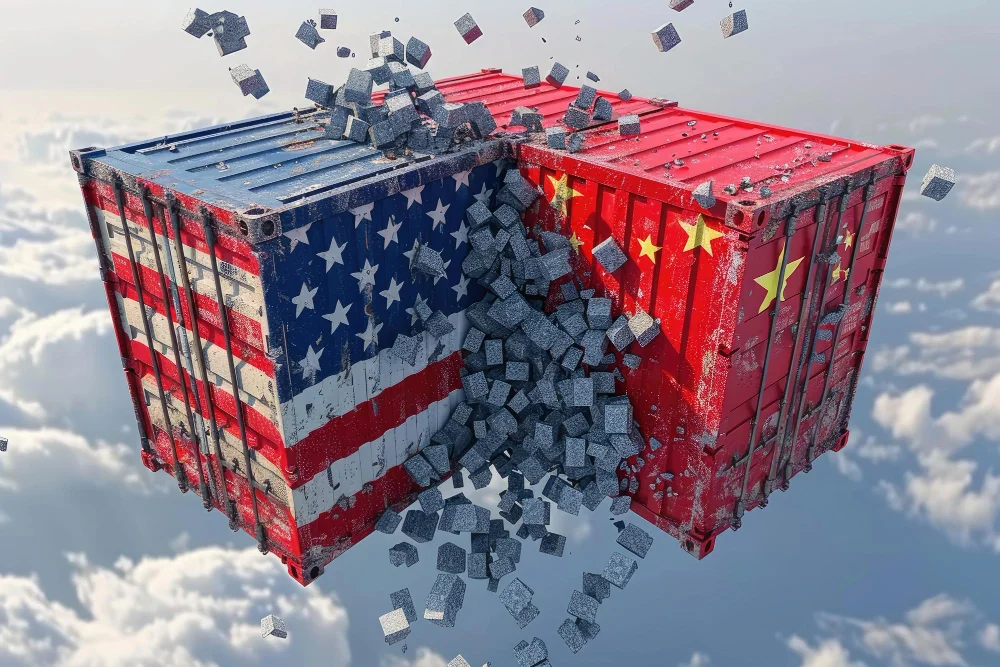Introduction: The Rise of BRICS and Its Financial Ambitions
The BRICS alliance—Brazil, Russia, India, China, and South Africa—was formed to reshape global economic dynamics. Traditionally, global finance has been dominated by institutions like the World Bank and the International Monetary Fund (IMF). The BRICS nations, each representing significant emerging markets, felt the need for a new approach—one that focuses more directly on the needs and priorities of developing countries. This led to the formation of the New Development Bank (NDB), also known as the BRICS Bank, in 2014. But what makes the BRICS Bank different, and can it offer a viable new financial model?
Why the BRICS Bank Was Formed
The BRICS nations created the BRICS Bank to address specific challenges they felt were overlooked by traditional institutions. One of the primary reasons was to promote financial independence for emerging markets. For years, developing countries have relied heavily on the World Bank and IMF, often resulting in dependency and policy restrictions. The BRICS Bank, by contrast, was designed to fund projects with fewer strings attached, aiming to empower emerging economies with more flexible and inclusive financing options.
Key Objectives and Vision of the BRICS Bank
The BRICS Bank has several key goals, all centered on supporting sustainable development in emerging economies:
- Infrastructure Development: Improving infrastructure is crucial for economic growth, especially in developing countries. The BRICS Bank has a strong focus on funding projects related to transportation, energy, and urban development.
- Sustainable Development Projects: The bank prioritizes environmentally friendly projects, such as renewable energy initiatives, to promote sustainable economic growth.
- Financial Stability: By offering an alternative source of funding, the BRICS Bank seeks to reduce developing countries’ reliance on Western-dominated financial systems.
Through these objectives, the BRICS Bank aims to not only support individual countries but also strengthen economic cooperation among the BRICS members.
Comparing the BRICS Bank with Existing Global Financial Institutions
Unlike the World Bank and IMF, which often impose strict policy reforms on their borrowers, the BRICS Bank offers more flexibility. The governance structure is also more balanced, as each BRICS nation has equal voting power, whereas the World Bank and IMF tend to be influenced by developed nations. This egalitarian approach helps emerging markets feel more represented and engaged, fostering a greater sense of ownership and cooperation.
The BRICS Bank also brings a unique regional focus, prioritizing the needs of member countries. In contrast, traditional institutions tend to adopt a one-size-fits-all model that may not cater to the unique requirements of different regions. This tailored approach is one of the BRICS Bank’s key advantages.
Key Projects Funded by the BRICS Bank
Since its inception, the BRICS Bank has funded numerous impactful projects across member countries:
- Renewable Energy in India: The BRICS Bank has financed solar and wind projects across India, supporting the country’s shift to cleaner energy sources.
- Transportation in Russia: Major highway and port developments in Russia have been funded, enhancing trade routes and reducing travel time.
- Water and Sanitation in Brazil: In Brazil, the BRICS Bank has supported clean water and sanitation projects, improving quality of life in urban areas.
These projects are just a few examples of how the BRICS Bank directly invests in areas that improve the lives of people and fuel economic growth in emerging markets.
Challenges and Criticisms Faced by the BRICS Bank
Like any major institution, the BRICS Bank faces its share of challenges. Critics argue that it may struggle with internal coordination, as the member countries have diverse political and economic systems. Additionally, the BRICS Bank faces questions about its long-term financial sustainability. Competing against established institutions like the World Bank and IMF is no easy task, and the BRICS Bank must work hard to build credibility and trust among emerging markets.
Another challenge is geopolitical tension. Each BRICS nation has its own strategic priorities, and these differences can sometimes hinder cooperation within the bank. Ensuring that projects serve the collective interest without prioritizing any single member’s agenda is an ongoing balancing act.
How the BRICS Bank Benefits Emerging Markets
For emerging markets, the BRICS Bank provides a critical alternative to traditional funding sources. It allows these countries to fund essential projects without the need to adopt policies dictated by external institutions. This flexibility gives developing nations the autonomy to make decisions based on their unique needs and economic conditions.
Additionally, by focusing on sustainable development, the BRICS Bank promotes long-term economic resilience. Projects like renewable energy and urban infrastructure improvements help emerging markets achieve a more stable and sustainable growth trajectory, benefiting future generations.
Future Potential and Expansion Plans
Looking forward, the BRICS Bank has ambitions to expand beyond its initial five-member framework. There have been discussions about including other emerging economies, which would increase the bank’s capital base and influence. Furthermore, the BRICS Bank is exploring partnerships with other international financial institutions to co-finance projects, increasing its capacity to fund large-scale developments.
The BRICS Bank also intends to deepen its focus on digital transformation. As economies worldwide embrace digital solutions, the bank is keen to invest in projects that promote digital infrastructure in emerging markets, such as broadband access, e-governance, and digital literacy initiatives.
Conclusion: The BRICS Bank’s Role in Shaping Emerging Market Economies
The BRICS Bank is more than just a financial institution; it represents a shift in global economic power towards emerging markets. By prioritizing the needs of developing countries and offering a more inclusive, flexible model of funding, the BRICS Bank is paving the way for a new financial model that could redefine global development finance. Though it still faces challenges, the BRICS Bank has the potential to play a transformative role in supporting sustainable growth in emerging markets for years to come.
With continued focus on collaboration and inclusivity, the BRICS Bank could indeed become a central player in the global financial system, giving emerging economies the resources and autonomy they need to thrive.


